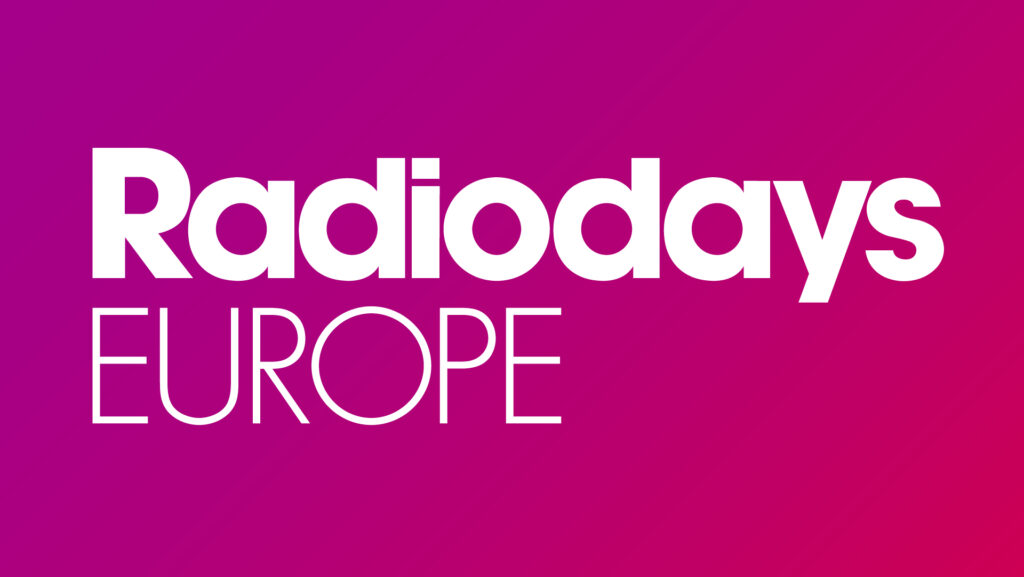Audiences are spending more time consuming news. But how is the media industry responding to this? Mark Little, from Kinzen in Ireland, and Tamar Charney, from NPR in America, told the delegates about how they are personalising their audience’s experiences to keep up with changing habits.
The rise and fall of the social media news feed has led media to new grounds. As people start moving away from their overloaded feeds, they are looking for news and stories that are meaningful to them. According to Mark Little, the key to unlock this is through “personalisation with purpose”. At Kinzen, he and his team are moving away from scavenging browser history logs and building a news feed that understands the context of each individual’s reality.
Tamar Charney has put things into practice as well. She explained to delegates how NPR One has evolved over time. For the American public service broadcaster, the Venn diagram that blends hand-picked human curation with machine learning is the core of their personalisation experience.
Measuring the audience’s love for content was important. However, with more sensitive topics, such as sexual assault or war, sharing and affinity becomes harder to measure.
Working on a new NPR smart speaker product, Tamar has focussed on the organisation’s core editorial principles. Audiences know they do news and culture really well – so they make more things in these areas.
The world is full of fast-paced news at the moment. The radio industry is trying to keep up with stories and consumption patterns.



